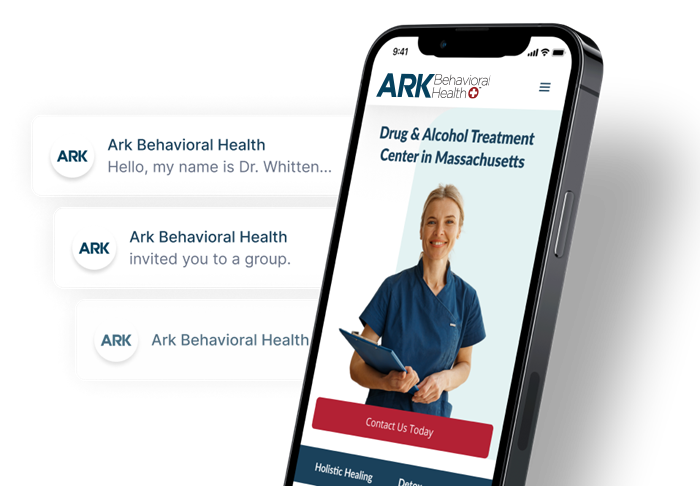Halcion Dosage Guide (Triazolam)
- Typical Triazolam Dosage
- Maximum Dose Of Triazolam
- Triazolam Overdose
- Side Effects Of Triazolam
- Drug Interactions With Triazolam
- Triazolam Warnings

Triazolam is a benzodiazepine, sedative-hypnotic, and central nervous system depressant used in the short-term treatment of insomnia. It can be found under the brand name Halcion.
Triazolam comes in two different strengths: 0.125 mg and 0.25 mg. They both come as tablets and should be taken orally. The medication is typically not found in any other form.
What dose a healthcare professional ends up prescribing can differ depending on your age, weight, and medical history.
Typical Adult Triazolam Dosage
The dose of triazolam that’s recommended for adults with insomnia is 0.25 mg daily before bedtime. If you have a lower body weight or can’t handle that dose, your healthcare provider will likely prescribe a 0.125 mg tablet instead.
Typical Geriatric Triazolam Dosage
The recommended dosage for a geriatric person is 0.125 mg of triazolam a day and it should be taken before bedtime.
The 0.25 mg strength triazolam can be taken but only for those who don’t respond to the lower dose of the drug.
Maximum Dose Of Triazolam
The maximum recommended dose of triazolam differs depending on who is taking it. A typical adult should not take more than 0.5 mg a day while a geriatric adult should not take more than 0.25 mg daily.
Older adults typically have an increased risk of adverse reactions which is why a lower dose is recommended.
Triazolam Overdose
Overdosing on triazolam can be very dangerous and even life-threatening if it’s left untreated.
If you notice any of the following signs or symptoms in yourself or a loved one, call 911 immediately:
- extreme drowsiness
- confusion
- problems with coordination
- slurred speech
- respiratory depression
- seizures
- coma
Side Effects Of Triazolam
No matter what dose of triazolam you take, there is a chance of side effects.
The most common side effects of triazolam can include:
- drowsiness
- dizziness
- lightheadedness
- headache
- problems with coordination
- nervousness
- tingling of the skin
- nausea
- vomiting
- sleep-driving (rare)
Drug Interactions With Triazolam
Triazolam should also not be taken in combination with certain substances. When substances are combined, the mixture can create adverse effects.
Some of the substances that shouldn’t be taken along with triazolam include:
- antifungals like itraconazole and ketoconazole
- nefazodone
- certain supplements
- grapefruit juice
- antibiotics like clarithromycin and erythromycin
- diltiazem
- cimetidine
- isoniazid
- opioid medications
- other benzodiazepines like diazepam, lorazepam, and alprazolam
- ritonavir
- certain selective serotonin reuptake inhibitors (SSRIs) such as fluvoxamine, paroxetine, and sertraline
Triazolam Warnings
There are also several medical conditions that triazolam use can actually make worse. You should let your healthcare provider know if you have any of the following issues to ensure you don’t experience any of the complications that could occur.
Breathing Problems
As a CNS depressant and sedative-hypnotic, triazolam slows down the activity in your brain and body to help you sleep. This can also slow down your breathing and if you already have breathing problems or sleep apnea, it could stop your breathing entirely.
Liver Issues
It’s also recommended that anyone with a hepatic or liver impairment take a lower dose of triazolam. Because the drug is metabolized in the liver, it could further damage the organ and lead to even bigger issues.
If you have a more serious liver issue like cirrhosis, triazolam is not recommended at all.
Allergic Reaction
If you are allergic to any of the ingredients in triazolam or Halcion, make sure to tell your doctor before they prescribe it. Taking it could cause a serious allergic reaction.
Pregnancy & Breastfeeding
Triazolam is also not recommended to anyone who is pregnant as it can lead to birth defects. The baby can also experience withdrawal symptoms once it’s born and no longer receive the drug from the mother.
Taking Triazolam while breastfeeding is also not recommended. It can transfer to the baby through breast milk. Only a small amount typically transfers but if they ingest enough, it could lead to severe drowsiness.
Addiction
While physical dependence and addiction are less likely with triazolam than with other drugs, it’s still possible.
Triazolam is classified as a Schedule IV controlled substance by the Food and Drug Administration (FDA). This means it has a low potential for abuse and a low risk of dependence. But, if too much is taken over a long period of time, it can be habit-forming.
If you or a loved one are struggling with drug abuse, contact Ark Behavioral Health for information on our inpatient and outpatient treatment programs.
Written by Ark Behavioral Health Editorial Team
©2024 Ark National Holdings, LLC. | All Rights Reserved.
This page does not provide medical advice.
DailyMed - Halcion
National Library of Medicine: MedlinePlus - Triazolam
Pfizer - HALCION, CIV Dosage Forms and Strengths

Questions About Treatment?
Ark Behavioral Health offers 100% confidential substance abuse assessment and treatment placement tailored to your individual needs. Achieve long-term recovery.
100% confidential. We respect your privacy.
Prefer Texting?
Our friendly support team is here to chat 24/7. Opt out any time.







 Learn More
Learn More








